What Color Is Neptune What Color Is Saturn
The Hottest And Coldest Planets Of Our Solar System
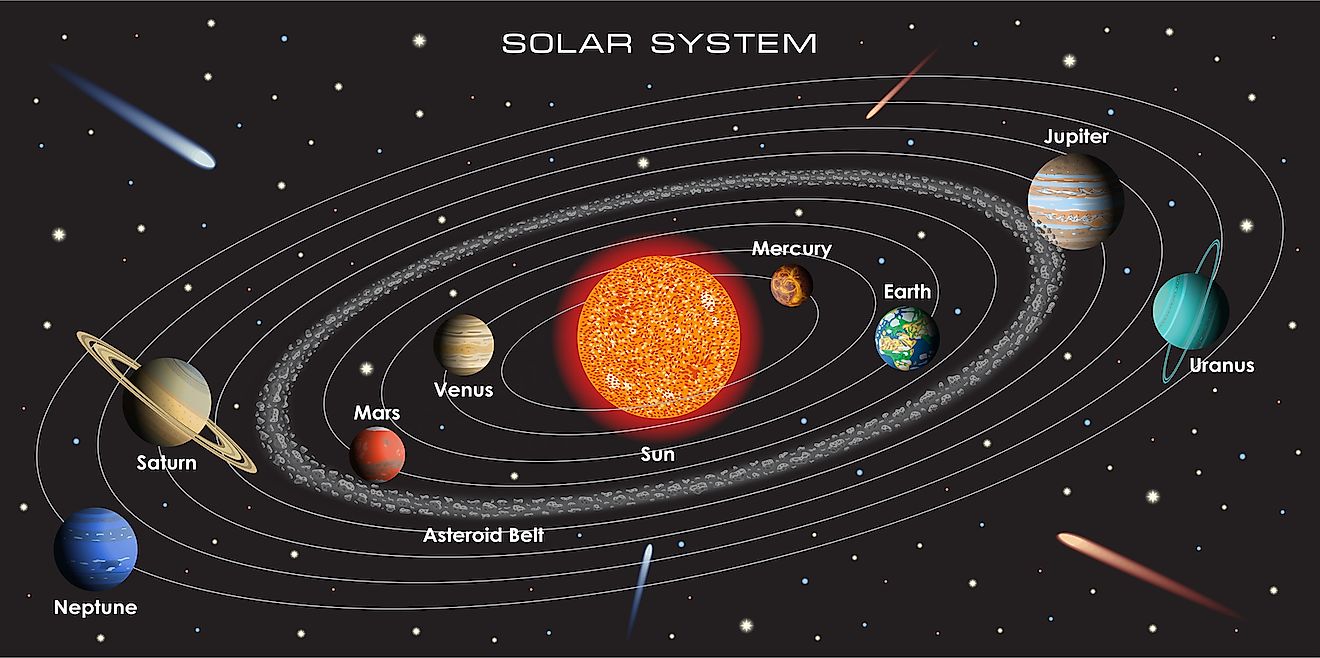
- Venus is the hottest planet in the Solar System.
- Neptune has the coldest average temperature in the Solar Organization.
- Despite being coldest to the sun, Mercury is actually cooler than Venus due to its slow rotation and thin atmosphere.
- When compared to the average temperature on Earth, the other planets can conspicuously be seen to be far outside our agreement of life supporting temperature ranges.
While there are many planetary systems and even innumerable galaxies in the universe, there is only one which we telephone call dwelling and it is located on an outer spiral arm of the Milky way Galaxy. Our solar system consists of all the planets, moons, asteroids, comets and whatever other infinite droppings which orbit the dominicus. Our system, known as the Solar System, is named afterwards our sun, or star, Sol. Everything else, including our planet, are bound to the dominicus in a gravitational pull called an orbit. Our solar system consists of eight planets, subdivided into the inner and outer planets, and out lying dwarf planets. Temperatures on the planets depend on the sun and other factors. Those closer to the sun are mostly hotter.
The Planets
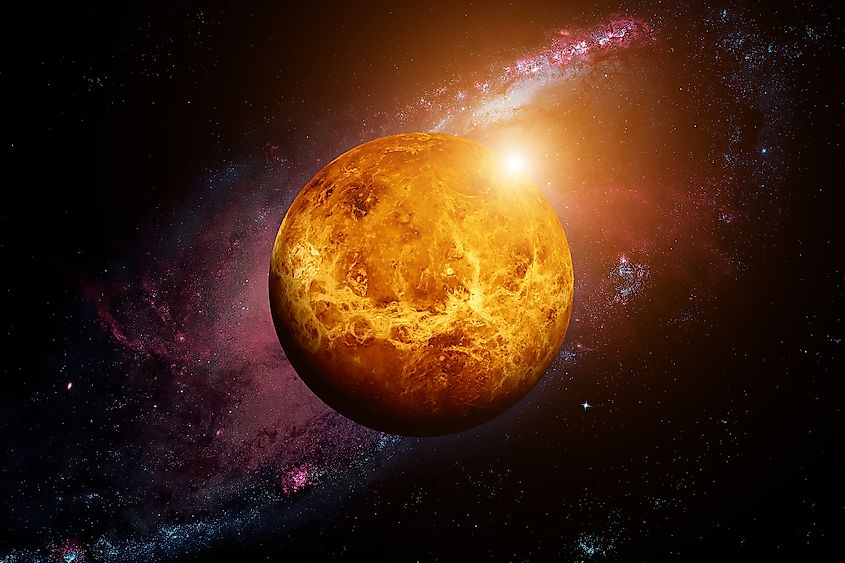
The eight planets in our solar organization are, in order from the dominicus: Mercury, Venus, Earth, Mars, Jupiter, Saturn, Uranus and Neptune. The showtime iv, known as the inner planets, are terrestrial bodies. This ways they are stone and metal based planets. When the universe was young, these would accept been the only planetary bodies that would accept been able to withstand the oestrus of the immature star. Because of this, the inner planets are solid, either stone based, metal or a combination of both, and all have higher boilerplate temperatures than the outer planets.
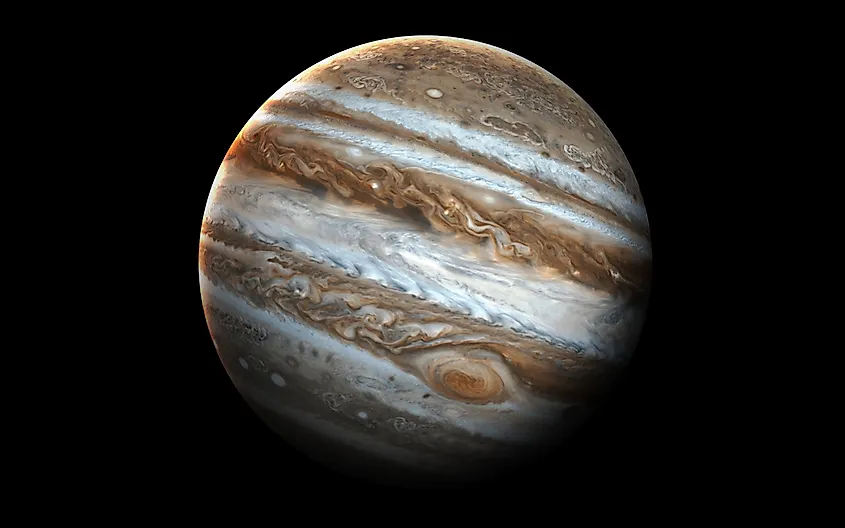
The outer planets, Jupiter, Saturn, Uranus and Neptune, are separated from the inner by a large asteroid chugalug. These planets are significantly libation in temperature than their inner counterparts, and instead of existence stone based, they are actually composed primarily of hydrogen, helium; dense liquids, other gases and water ice. These plants are likewise much larger than the inner planets, and have faster orbits and spins. Their gaseous composition is what causes the outer planets to frequently be referred to equally the gas giants.
Is Pluto A Planet?
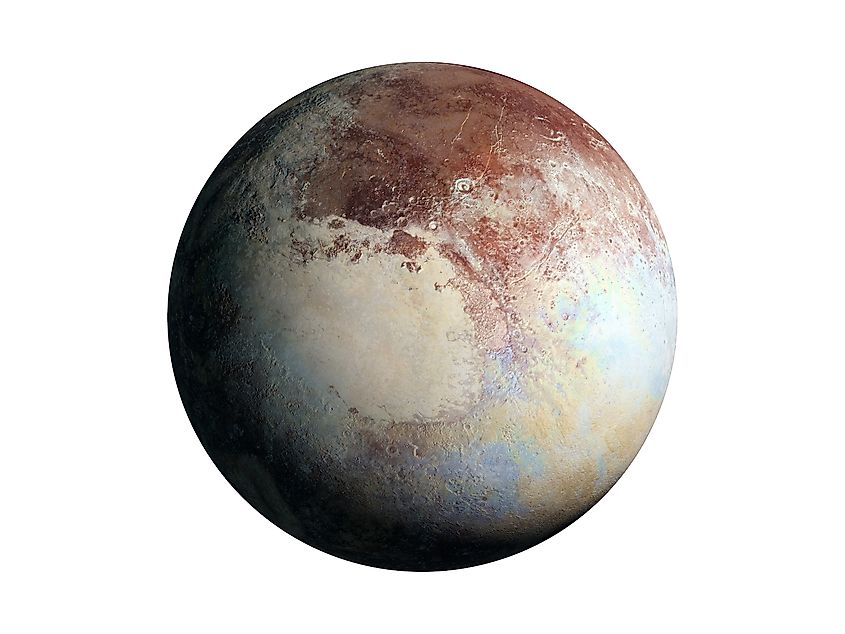
Pluto, at 1 indicate considered the smallest and farthest planet in our solar arrangement, was officially demoted from planetary status in 2006. This was because information technology did not, in fact, meet the three criteria necessary for distinguishing a planet. These criteria are: the planet must be in orbit around the lord's day; it must have sufficient mass for its own gravity to overcome rigid body forces then that is assumes a nearly round shape, and information technology must have cleared the neighbourhood effectually its orbit of other objects. Equally Pluto did not meet the third rule, it was deemed a 'dwarf planet'. At that place are 5 dwarf planets in our solar system, including Pluto, and they are Ceres, Makemake, Haumea and Eris. The outer reaches of the solar system too include the Kuiper Belt, dwelling to 4 out of five of these dwarves, and the Oort Cloud, thought to environs the entire solar system in a cloud-like shell.
Planet Temperatures
Planetary temperatures are effected by the sun, and the biggest contributing factor to a planet's boilerplate temperature is its proximity to the sun. Yet, at that place are other important factors such equally the planet'south temper, rotation speed, and density of the planet itself. Generally, the temperature decreases for planets the farther away they are from the sunday, meaning closer inner planets such as Mercury, Venus and Earth, have warmer temperatures than those in the outer reaches of the solar arrangement such as Neptune or Uranus.
Simply as we take seasons and temperature fluctuations on Earth, other planets feel large changes in temperature between their day side and night side. For Globe, the rotation period is one mean solar day, or 24 hours, significant the corporeality of fourth dimension in 'nighttime' or with the planet facing abroad from the sun, isn't overly long. On a planet such as Mercury, however, which rotates more slowly (58.6 days per rotation), the nighttime side faces away from the sun for much longer periods. Considering of this, temperatures can be more than than 1,000 degrees Fahrenheit lower than those on the mean solar day side. This is also why both temperatures are listed in the diagram, as the difference between twenty-four hours and night is so bully. Temperatures for the gas planets don't tend to fluctuate as much, as the sun does non warm and cool the surface to the same extent that information technology would with rock and metal. Additionally, because there is no fixed surface from which to take the temperature readings, boilerplate temperatures are taken from an atmosphere level that is equal in force per unit area to that of body of water level on World.
The Hottest Planet
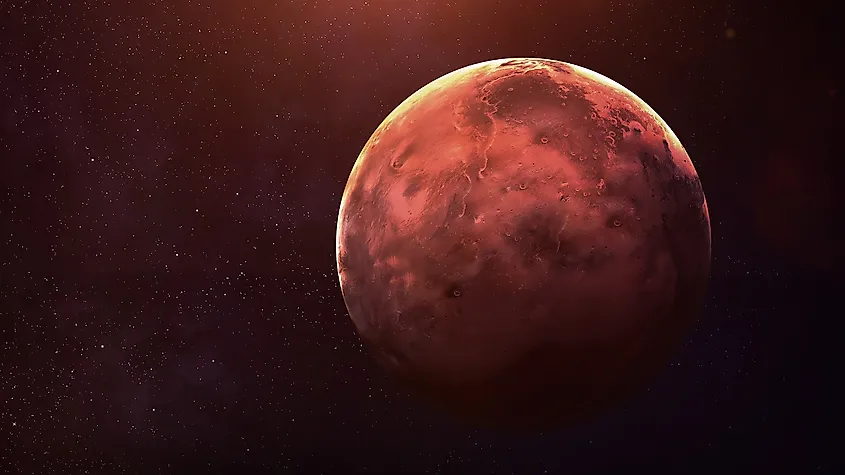
Mercury, the Solar System'south hottest planet. Image credit: Vadim Sadovski/Shutterstock.com
Venus is the hottest planet in our solar system with an average temperature of 880 degrees Fahrenheit. Though planetary temperatures tend to rise with the proximity to the lord's day, Venus is actually warmer than its neighbour Mercury, for a few reasons. Equally mentioned, Mercury has a slow rotation flow, meaning it differs drastically in temperature between its daylight and nighttime sides. Additionally, information technology has a thin atmosphere which allows heat to escape. In contrast, Venus has a very dense atmosphere, which ways it traps oestrus much similar a greenhouse. This means heat is contained within the planet's atmosphere, causing a distinctly higher temperature than on any other planet. The boilerplate temperature of 880 degrees Fahrenheit is so hot it tin can cook pb. At these temperatures, information technology is hypothesized that no life forms could be.
The Coldest Planet
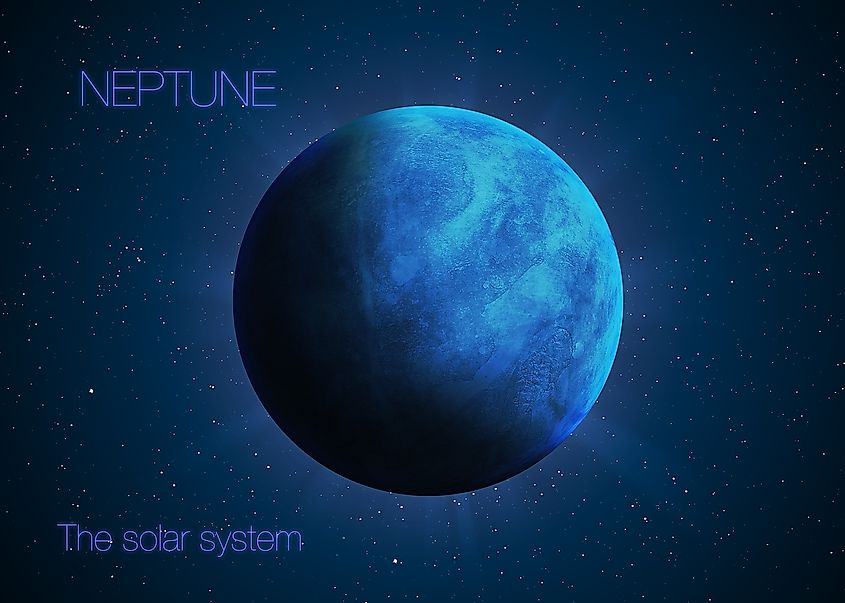
The coldest planet in our solar system is Neptune. As the farthest planet from the sun, Neptune receives little to no warmth from solar rays. As such, it has an extremely low boilerplate temperature, resting at negative 331 degrees Fahrenheit, and is composed largely of water ice and frozen matter. Neptune is so far from the dominicus, at a distance of roughly ii.viii billion miles, that information technology is the only planet which cannot be seen with the homo middle lonely. Information technology is a volatile planet, with a rapid rotation of 16 hrs to one World twenty-four hours, and has intense gusting winds which whip through its gaseous temper. Because of this, and its frigid temperatures, Neptune cannot sustain life as we know it.
Life Beyond Earth
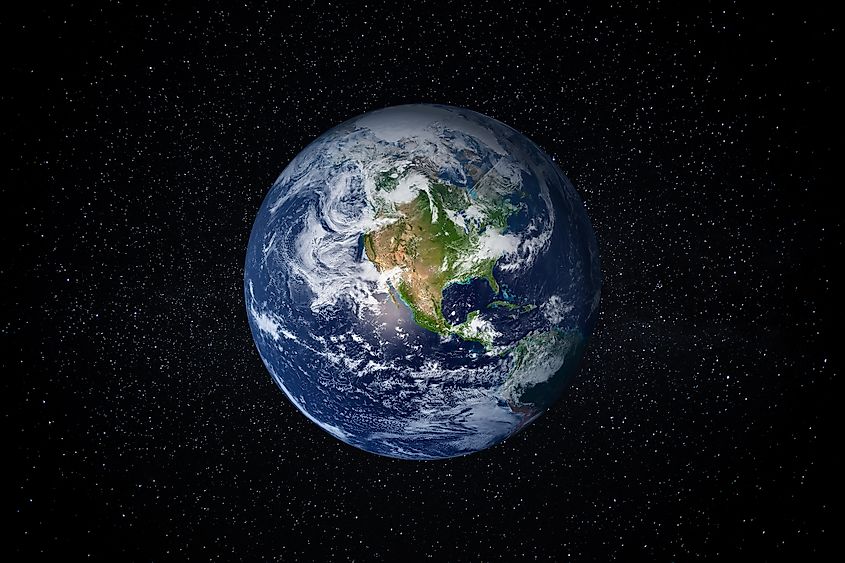
As the graphic shows, the range of temperatures inside our own solar system is very large. When compared to the average temperature on Earth, the other planets can clearly be seen to be far outside our understanding of life supporting temperature ranges. However, exploration continues to make up one's mind whether or not life exists, could exist, or even once existed on these planets. Mars has long been thought to be the well-nigh viable pick for sustained lifeforms. At an average temperature of minus 20 degrees Fahrenheit, it is the closest to the Earth'south temperature. Indeed, certain parts of the Earth routinely reach these temperatures either in winter months, or twelvemonth round in polar areas. For this reason, Mars remains the most viable option for future human life, or for discovery of existing out-planetary life forms. At the present, however, definitive proof of life has yet to be discovered, and the current knowledge indicates that most planets could non sustain life as we know information technology due first and foremost to hostile temperatures and atmospheres.
The Hottest And Coldest Planets Of Our Solar System
| Rank | Planet and Pluto | Surface Temperature |
|---|---|---|
| 1 | Mercury | 800°F (430°C) during the twenty-four hours, -290°F (-180°C) at night |
| 2 | Venus | 880°F (471°C) |
| three | Earth | 61°F (16°C) |
| four | Mars | minus 20°F (-28°C) |
| 5 | Jupiter | minus 162°F (-108°C) |
| 6 | Saturn | minus 218°F (-138°C) |
| 7 | Uranus | minus 320°F (-195°C) |
| eight | Neptune | minus 331°F (-201°C) |
| 9 | Pluto | minus 388°F (-233°C) |
Source: https://www.worldatlas.com/articles/the-hottest-and-coldest-planets-of-our-solar-system.html
Posted by: watsonprignoced.blogspot.com


0 Response to "What Color Is Neptune What Color Is Saturn"
Post a Comment